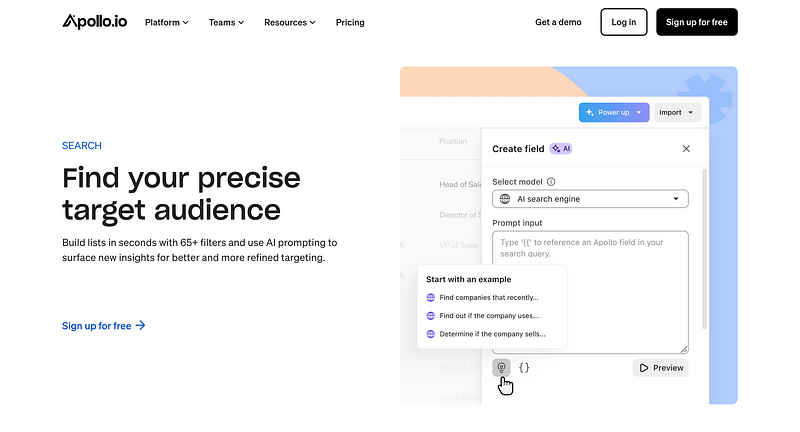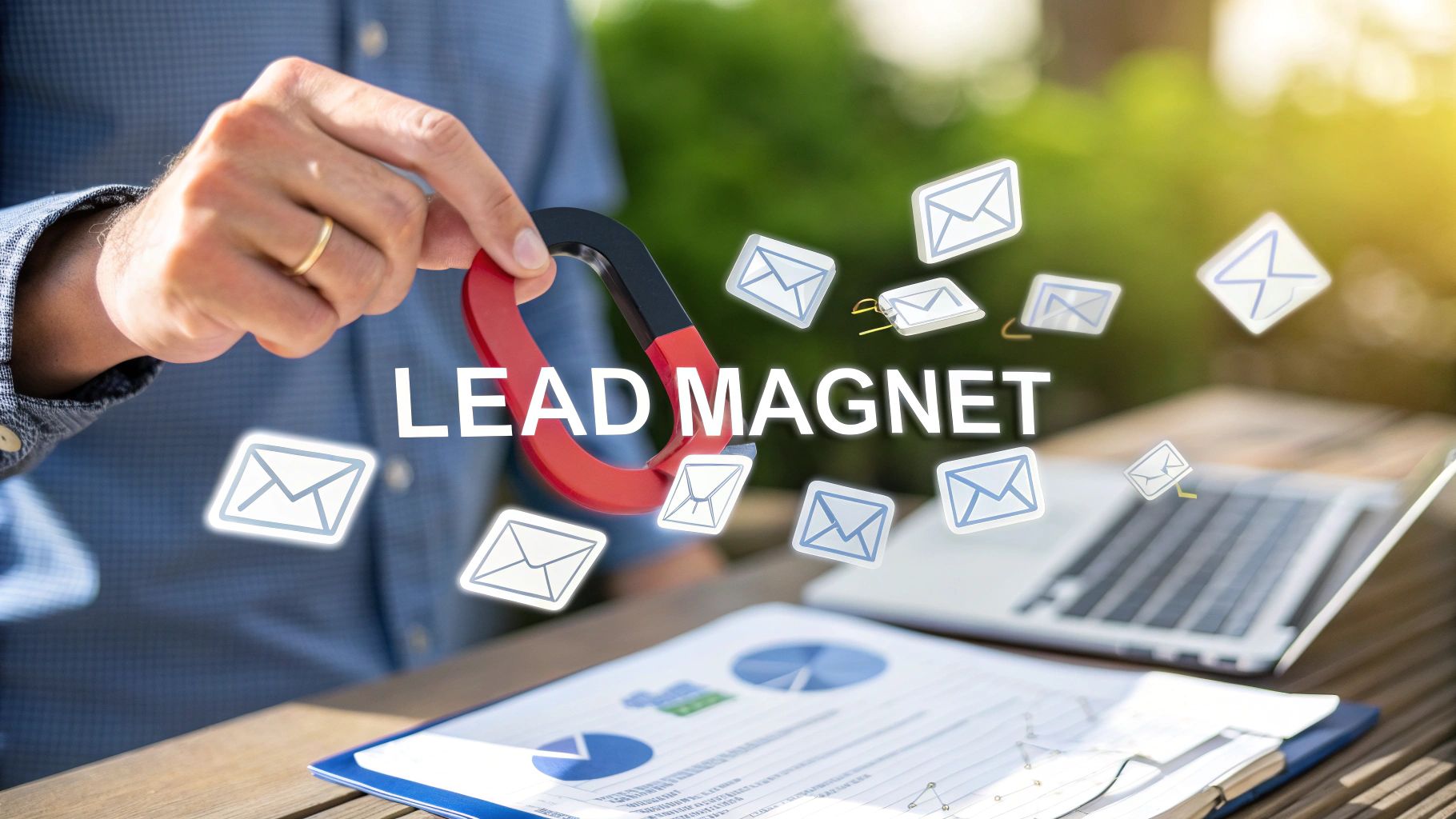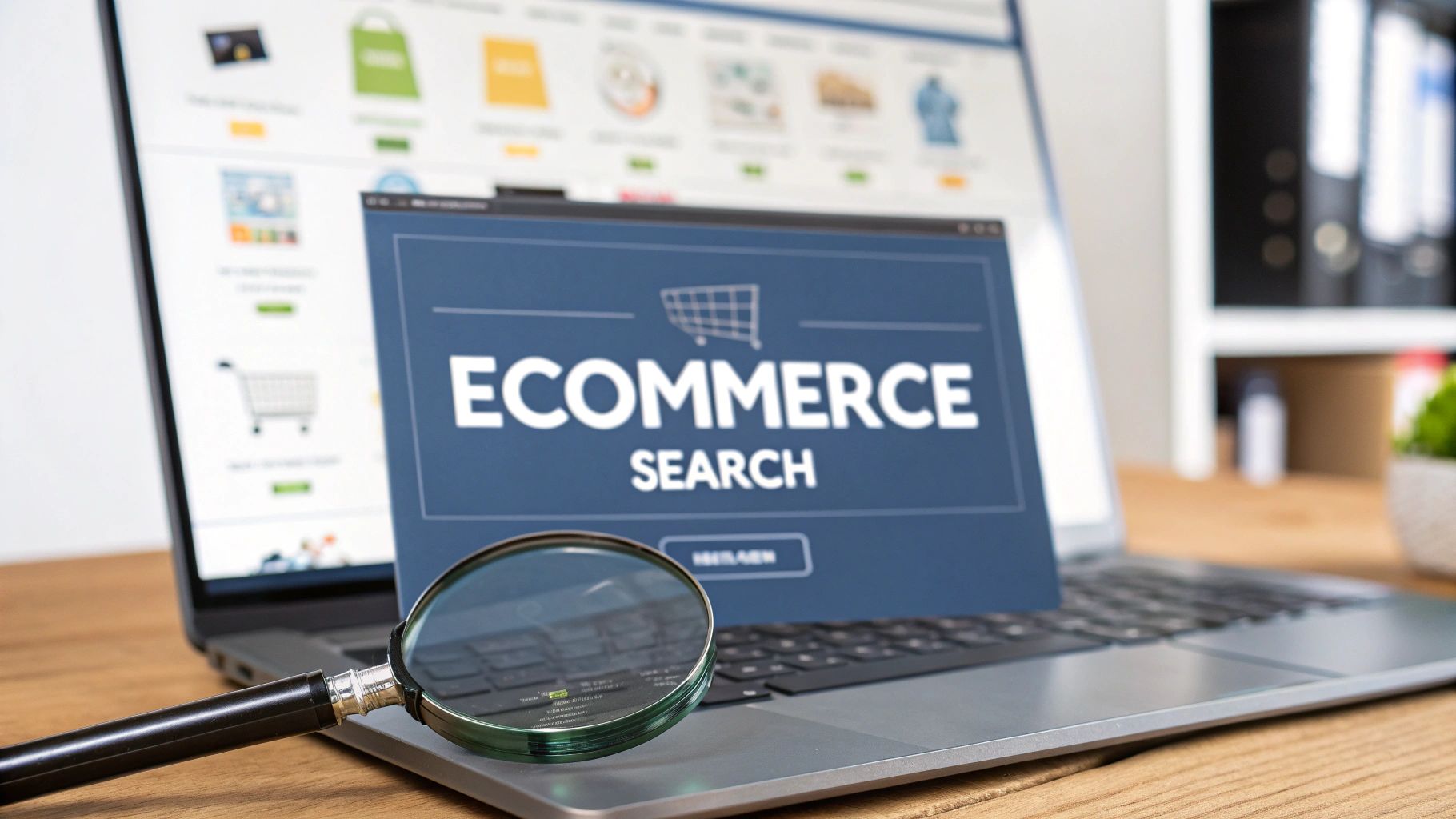How to Secure Event Sponsors Using Apollo.io
Hosting an event — whether it’s a conference, workshop, or meetup — often depends on finding the right sponsors. But pinpointing…

Hosting an event — whether it’s a conference, workshop, or meetup — often depends on finding the right sponsors. But pinpointing businesses willing to invest in sponsorship can be tricky and time-consuming. Enter Apollo.io: a platform that typically helps sales teams find and connect with potential leads. Today, we’ll show you how to flip the script and use Apollo to streamline your event sponsorship outreach.
1. Why Use Apollo.io for Sponsorship Outreach?
Most sponsorship articles focus on building relationships through LinkedIn or emailing random company contacts. Apollo.io offers:
- Advanced Filters: Pinpoint companies by size, industry, location, and even job title of key decision-makers (marketing directors, partnership managers, etc.).
- Bulk Outreach: Email automation helps you contact multiple potential sponsors at once — without sending copy-paste messages.
- Analytics: Track open and response rates to see which pitches resonate best.
2. Identify Potential Sponsors
Start by defining your event’s niche or theme. Next, craft a list of sponsor criteria:
- Industry Alignment: If you’re hosting a tech conference, look for software or hardware companies that align with your audience.
- Company Size: Smaller companies may have tighter budgets, but they can be more open to creative sponsorship packages. Larger enterprises often have dedicated marketing budgets for events.
- Location: Local sponsorship is key if you’re running an in-person event, but for virtual events, you can cast a wider net.
Using Apollo’s Filters
Head to Apollo.io and open the “Search” tab:
- Choose “Companies” if you want to find organizations in a certain industry or region.
- Add Filters: For instance, select “Industry = Marketing & Advertising” or “Location = New York” if that’s relevant to your event.
- Company Size: If you want mid-sized sponsors, set a range like “51–200 employees.”
Within seconds, you’ll have a curated list of businesses that might be a fit.
3. Find the Right Contacts
Even if you identify the perfect companies, reaching the wrong person can waste your effort. After you pull up a company in Apollo:
- Look for Titles: Marketing Manager, Director of Partnerships, Event Coordinator, VP of Business Development — these folks often have budgets or make decisions about event sponsorship.
- Filter by Department: In Apollo’s “People” tab, select “Marketing” or “Business Development” to narrow down your list.
Once you see relevant contacts, add them to a list (e.g., “Event Sponsor Prospects”) for easy management.
4. Craft a Sponsor Pitch Sequence
Spamming 100 companies with the same message is a quick way to get ignored. Instead, use Apollo.io to create an automated email sequence with personal touches:
Create a New Sequence
- Name it something like “Event Sponsor Pitch — [Your Event Name].”
Draft Your First Email
- Personalization Tokens: Add merge fields (like First Name, Company Name) so each email feels tailored.
- The Hook: Explain why their brand fits perfectly with your event.
- Value Proposition: Highlight benefits: brand visibility, industry positioning, potential leads/customers.
Plan Follow-Ups
- Set up 1–2 follow-up emails in case they don’t respond.
- Keep it polite and brief — maybe share new event details or mention other sponsors who’ve signed on.
Send and Monitor
- Apollo will track who opened or replied, letting you optimize future messages.
5. Analyze Results and Refine
Apollo.io provides key data to gauge whether your pitch resonates:
- Open Rate: If it’s low, try a different subject line or preview text.
- Reply Rate: If it’s low, consider rewriting your pitch with more compelling reasons to sponsor.
- Bounces: Invalid emails mean you should try different contacts or verify addresses.
Double down on what works. If 10% of recipients respond positively, that’s a great sign — use similar language for the rest of your outreach.
6. Seal the Deal
Once a company shows interest:
- Share Sponsorship Packages: Outline sponsorship tiers, branding opportunities, or speaking slots.
- Arrange a Call: Suggest a 15-minute conversation to discuss mutual goals — sponsors appreciate a personal touch.
- Send a Formal Agreement: Once they’re on board, finalize details in writing.
- Keep Them in the Loop: Provide regular updates leading up to the event — logos on the website, promotional materials, schedule highlights, etc.
7. Next Steps: Build Long-Term Relationships
Sponsorship isn’t just a one-off transaction. Each successful collaboration can turn into a recurring partnership for future events.
- Create a “Sponsor Alumni” List in Apollo to stay in touch.
- Send Thank-You Sequences post-event, sharing attendance data or social media mentions that highlight their return on investment.
Maintaining the relationship means you’ll have a head start securing sponsors next time around.
Conclusion
If you’re tired of scouring LinkedIn or cold-calling to find event sponsors, Apollo.io can be a game-changer. With robust company and contact filtering, automated outreach, and real-time analytics, you can streamline your sponsorship pitches and focus on putting on a fantastic event.
Remember: while Apollo is known for sales, its lead-generation toolkit easily adapts to the world of event marketing. By identifying the right companies, connecting with decision-makers, and automating a personalized pitch, you’ll increase your odds of landing valuable sponsors — and pulling off an event your attendees (and sponsors) will love.
Some of the links in this article are affiliate





